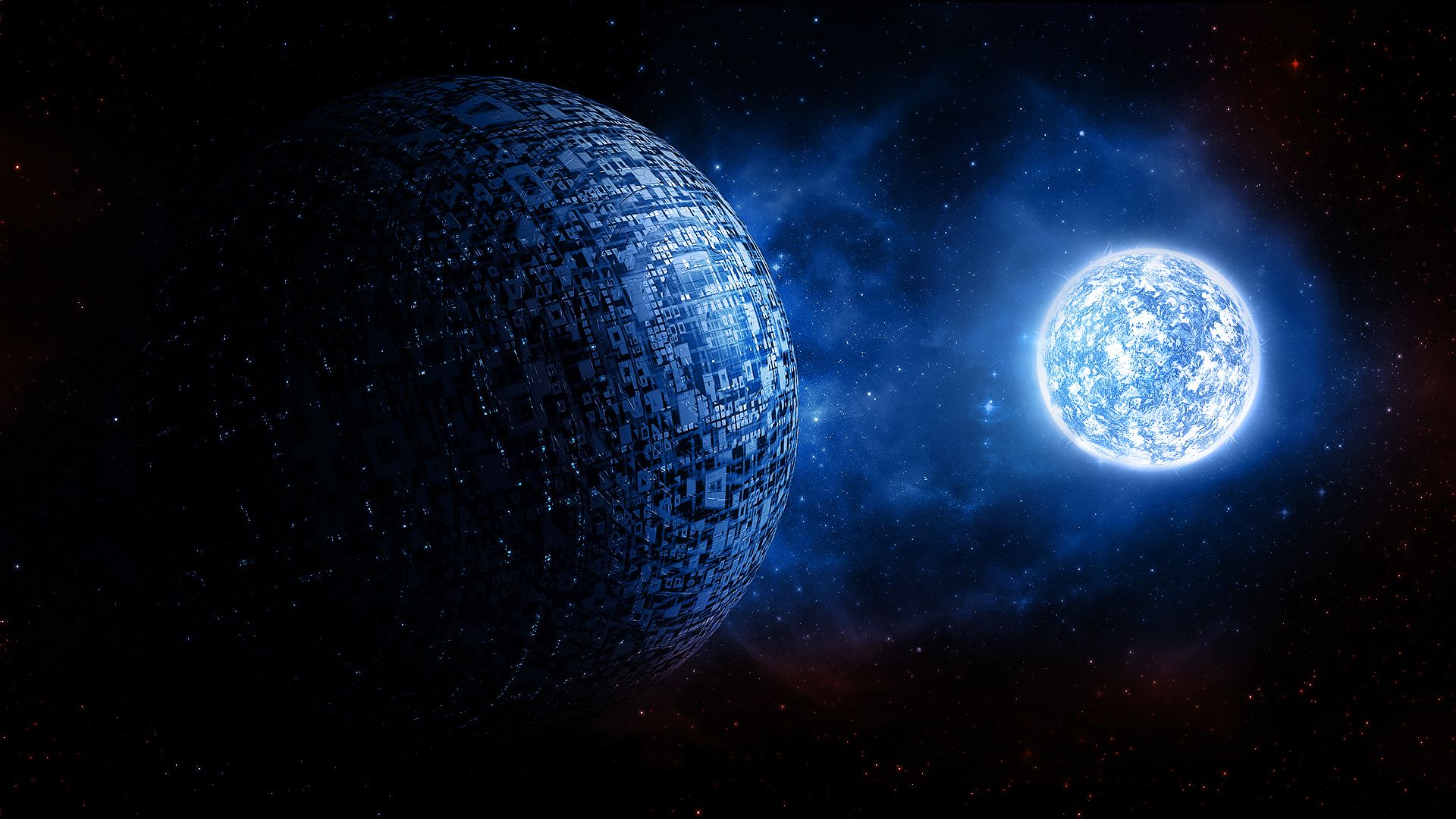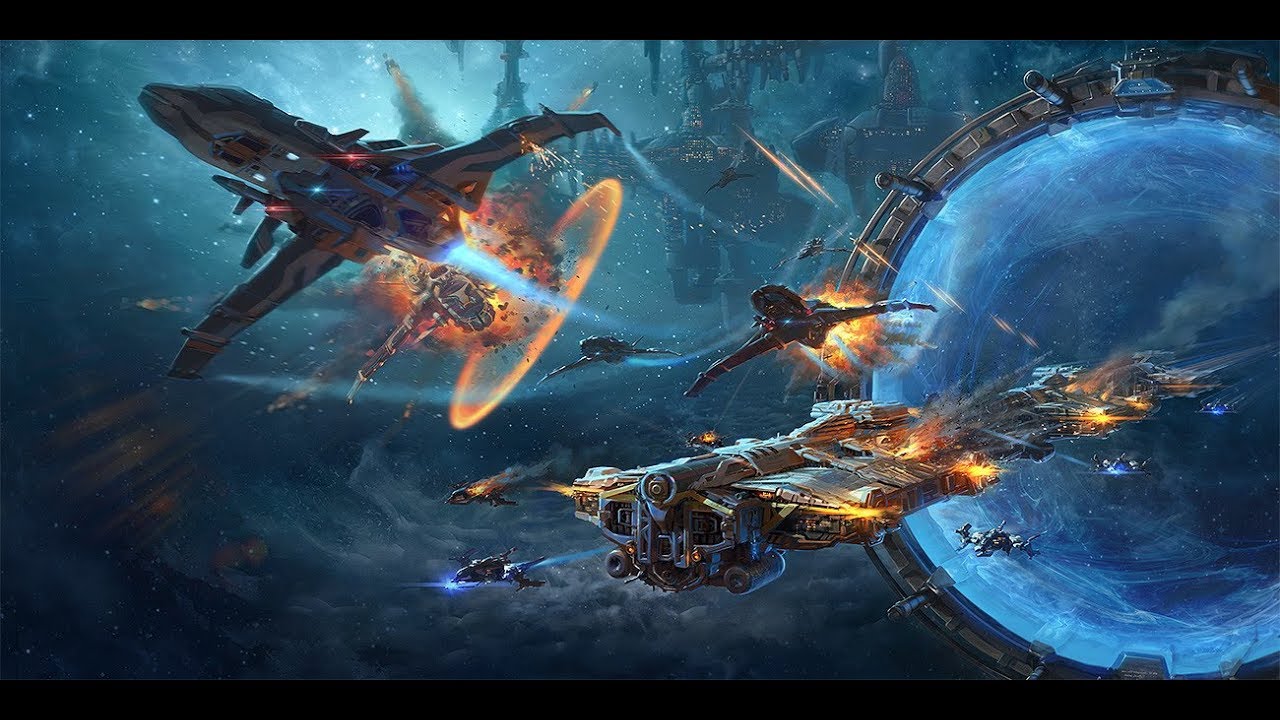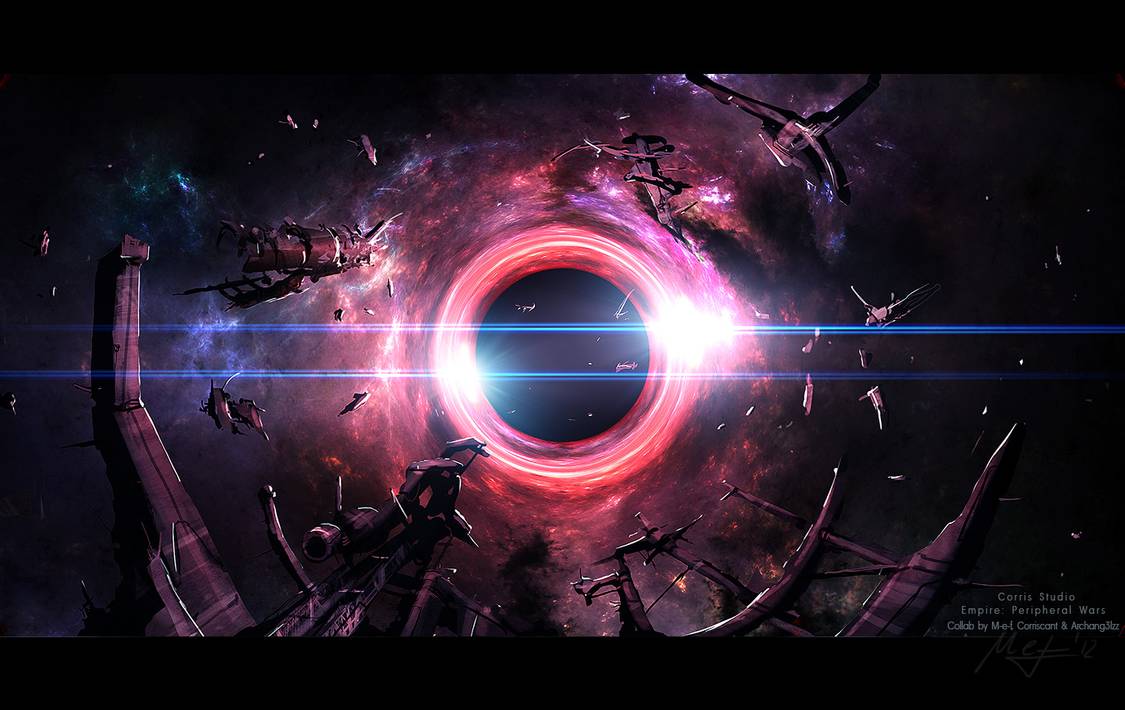Randal here, back for more Terraforming. This week, I want to take a look at designing a world that is more trap than adventure location. The common comparison of space travel to sea voyages proves to be very helpful in this endeavor.
GM Note. The rules for Starfinder don’t really classify different types of life from each other. Life is life (obviously excepting undead). RAW shows that the sensors detect living crew when scanning a vessel during combat. Extending that to non-combat, or even to scanning a planet from orbit seems fine to me. To help the idea that this planet is a trap, we are going to make the assumption that the creatures of the planet are as yet undiscovered, and thus not in the computer systems that determine what life is. While you can just say that their biology is so different it doesn’t register, and get roughly the same result, I personally feel this one fits a little bit better given all the crazy/weird biologies we have access to in the game thus far.
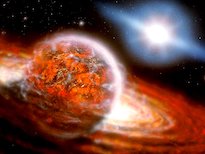 The System. Solar System 145-98-702 is about two week’s Drift travel away from Absalom Station, outside all known traffic routes. The solar system is still in the early stages of formation with a rocky planet (3rd) and a gas planet (10th) still containing partial accretion disks attached to their equators. The planetary formations are a close approximation to that of the original Golarion System, including what looks to be an asteroid belt. The 2nd planet from the sun is fully formed and contains extensive (if primitive) plant life and a small but growing population of animals. No other location in the system has life yet, and likely won’t for millions of years. Despite all the similarities between this system and the Golarion System, the major difference is that this system contains a much heavier concentration of metal elements, the end result of which is that the lifeforms on the second planet are metal-based instead of carbon.
The System. Solar System 145-98-702 is about two week’s Drift travel away from Absalom Station, outside all known traffic routes. The solar system is still in the early stages of formation with a rocky planet (3rd) and a gas planet (10th) still containing partial accretion disks attached to their equators. The planetary formations are a close approximation to that of the original Golarion System, including what looks to be an asteroid belt. The 2nd planet from the sun is fully formed and contains extensive (if primitive) plant life and a small but growing population of animals. No other location in the system has life yet, and likely won’t for millions of years. Despite all the similarities between this system and the Golarion System, the major difference is that this system contains a much heavier concentration of metal elements, the end result of which is that the lifeforms on the second planet are metal-based instead of carbon.
The Discovery. The system was accidentally discovered by a research vessel that needed to exit the Drift to make repairs. They quickly scanned the system for a place to get help and finding none they scanned for resources. It was this second scan that caused crew to reel with awe and trepidation at their find. Raw natural resources in this quantity was going to draw the attention of every major government and organization. Seeing the similarities to their home system, they quickly dubbed it NeoGolarion. As it was the perfect place to study planet formation, they decided to postpone their original trip and tour the system to catalog possible sites for further study before reporting home. They finished base scans of every planet, parked in orbit around NeoGolarion-b for more in depth scans, then began to transmit their findings home when they received a signal from the surface of the planet. So excited to also discover a new society, they canceled their transmission and decided to land at the source of the signal.
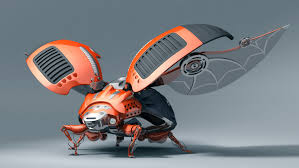 The Graveyard. Over the decades since its first discovery, many ships have disappeared in the NeoGolarion system. Only occasionally does a ship encounter the system, usually a smuggler or vessel leaving the Drift to flee an encounter, and when they do they have nothing more to say than they found a new solar system with a single habitable planet with no life to speak of. Of those ships, only one has ever landed on NeoGolarion-b and survived, returning to civilization with datapads purportedly from the long missing scientific exploration vessel that first encountered the system. The stories they tell of their encounter on the planet are reminiscent of stories from Ancient Golarion of sailors lured off-course by sirens only to have their ship wrecked and lost forever. They claim that there is a landing site that contains a dozen different vessels, of all styles, origin, and age … at least they saw the frames of them. They claim to have received a signal that resembled an older S.O.S and that shortly after landing their ship was attacked and devoured by what they could only describe as a swarm of locusts. They had to piece together a vessel from the scraps of the ships that barely made orbit and then lost power after activating the Drift engine, stranding them for months before they were rescued. They were already outcast smugglers, and now everybody just assumes they succumbed to the mental anguish of their ordeal.
The Graveyard. Over the decades since its first discovery, many ships have disappeared in the NeoGolarion system. Only occasionally does a ship encounter the system, usually a smuggler or vessel leaving the Drift to flee an encounter, and when they do they have nothing more to say than they found a new solar system with a single habitable planet with no life to speak of. Of those ships, only one has ever landed on NeoGolarion-b and survived, returning to civilization with datapads purportedly from the long missing scientific exploration vessel that first encountered the system. The stories they tell of their encounter on the planet are reminiscent of stories from Ancient Golarion of sailors lured off-course by sirens only to have their ship wrecked and lost forever. They claim that there is a landing site that contains a dozen different vessels, of all styles, origin, and age … at least they saw the frames of them. They claim to have received a signal that resembled an older S.O.S and that shortly after landing their ship was attacked and devoured by what they could only describe as a swarm of locusts. They had to piece together a vessel from the scraps of the ships that barely made orbit and then lost power after activating the Drift engine, stranding them for months before they were rescued. They were already outcast smugglers, and now everybody just assumes they succumbed to the mental anguish of their ordeal.
 The Swarms. The majority of the life on the planet is plantlike in nature. It receives nourishment from the air, the sun, water, and multiplies via seed-like pods that open to spread with the winds. Still early in evolution, the majority of it is grasses and reeds, with a couple of variations of trees. The only approximation to animal life are a beetle like creature that resembles a lady bug the size of a mouse. Too heavy to fly like a normal beetle, these creatures have evolved a trick of physics that allows them to ignore gravity. By opening their shell, and vibrating and flapping their little wings, they have creature an electrical current and a magnetic field, allowing them to hover. When multiple creatures are together, they can alter their charges to generate movement for each other. Swarms of millions enable them to move at great speed over great distances. Although not sentient, they began to develop a primitive form of communication as they started swarming, one that vibrates the air much in the same way modern radio equipment works. As they began to encounter ship frequencies and scans, they incorporated these new “sounds” into their primitive language, as they do when they encounter a new swarm for the first time. This means that over time, their communications include more and more “sounds” that can be picked up by scanning vessels, and thus more likely to draw attention to themselves. And while their primary diet is usually simple metals or various metallic plants, they happen to find a number of the materials used in most spacefaring vessels to be particularly high in their favorite minerals. They have learned that new “sounds” from new “swarms” usually means a particularly tasty snack.
The Swarms. The majority of the life on the planet is plantlike in nature. It receives nourishment from the air, the sun, water, and multiplies via seed-like pods that open to spread with the winds. Still early in evolution, the majority of it is grasses and reeds, with a couple of variations of trees. The only approximation to animal life are a beetle like creature that resembles a lady bug the size of a mouse. Too heavy to fly like a normal beetle, these creatures have evolved a trick of physics that allows them to ignore gravity. By opening their shell, and vibrating and flapping their little wings, they have creature an electrical current and a magnetic field, allowing them to hover. When multiple creatures are together, they can alter their charges to generate movement for each other. Swarms of millions enable them to move at great speed over great distances. Although not sentient, they began to develop a primitive form of communication as they started swarming, one that vibrates the air much in the same way modern radio equipment works. As they began to encounter ship frequencies and scans, they incorporated these new “sounds” into their primitive language, as they do when they encounter a new swarm for the first time. This means that over time, their communications include more and more “sounds” that can be picked up by scanning vessels, and thus more likely to draw attention to themselves. And while their primary diet is usually simple metals or various metallic plants, they happen to find a number of the materials used in most spacefaring vessels to be particularly high in their favorite minerals. They have learned that new “sounds” from new “swarms” usually means a particularly tasty snack.



